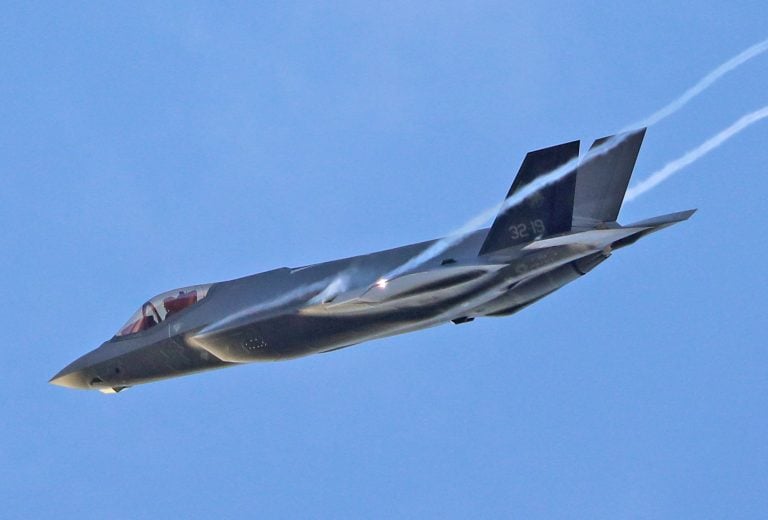China’s electronic warfare capabilities have reportedly been showcased in a recent incident involving a foreign spy plane operating over the South China Sea. According to a report from South China Morning Post, citing a military magazine, the Chinese forces employed a vehicle-mounted system to mislead the aircraft with deceptive radar signals.
While the specifics surrounding the aircraft’s nationality were not disclosed, the operation involved directing the foreign plane towards false radar targets. These decoys included signals that mimicked large vessels, such as warships or amphibious craft. The sophisticated electronic warfare system in question is capable of replicating radar signatures from distances up to 300 kilometers (approximately 186 miles).
The vehicle, approximately the size of a small jeep, was publicly unveiled during a military parade in Beijing last September, although detailed specifications, including its official name, remain classified. Unlike traditional radar jammers that merely disrupt incoming signals, this innovative technology can detect and analyze enemy radar frequencies. It can instantly generate realistic false echoes, effectively multiplying the operational coverage previously only achievable by dozens of units while significantly enhancing deployment speed.
Moreover, sources indicate the system houses an extensive database of radar profiles utilized by US, Japanese, and Australian forces. This enables it to create convincing fake targets within seconds, adding another layer of complexity to electronic warfare.
Strategically, this incident provides a rare insight into China’s advancing electronic warfare capabilities, underscoring the nation’s intent to dominate the electromagnetic spectrum. The ability to mislead foreign reconnaissance is particularly relevant in sensitive maritime zones like the South China Sea and the Taiwan Strait, where US and allied aircraft frequently conduct patrols. This technological edge is poised to enhance Beijing’s capacity to conceal its real naval movements and misinform foreign powers regarding its operational intentions.
This development arises alongside the United States’ ongoing efforts to bolster its military presence in the Asia-Pacific region. Earlier this month, the US Department of Defense committed $975,000 towards upgrades for the Philippine Navy’s main base situated near the contentious waters of the South China Sea. This enhancement includes the establishment of a maintenance facility for patrol crafts and US-supported drone boats at Naval Detachment Oyster Bay in Palawan, reinforcing America’s strategic positioning in the area amid rising tensions.



















